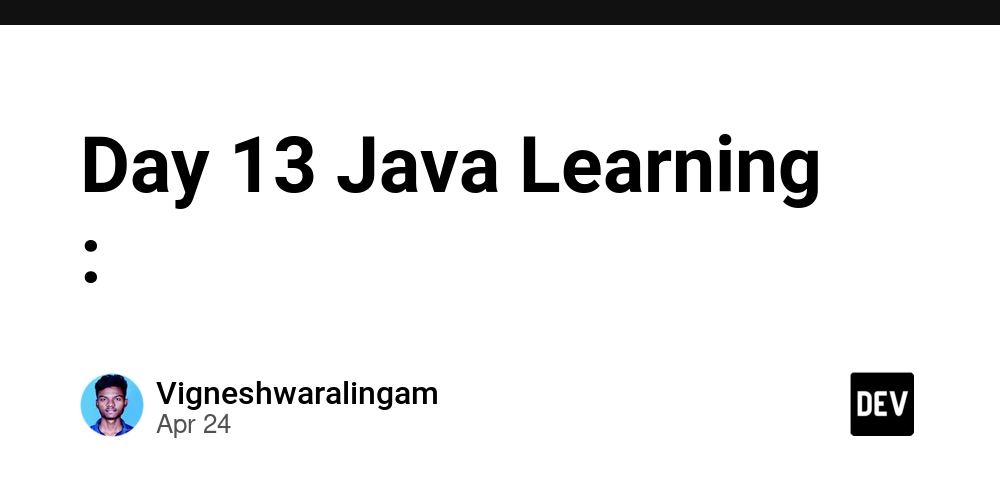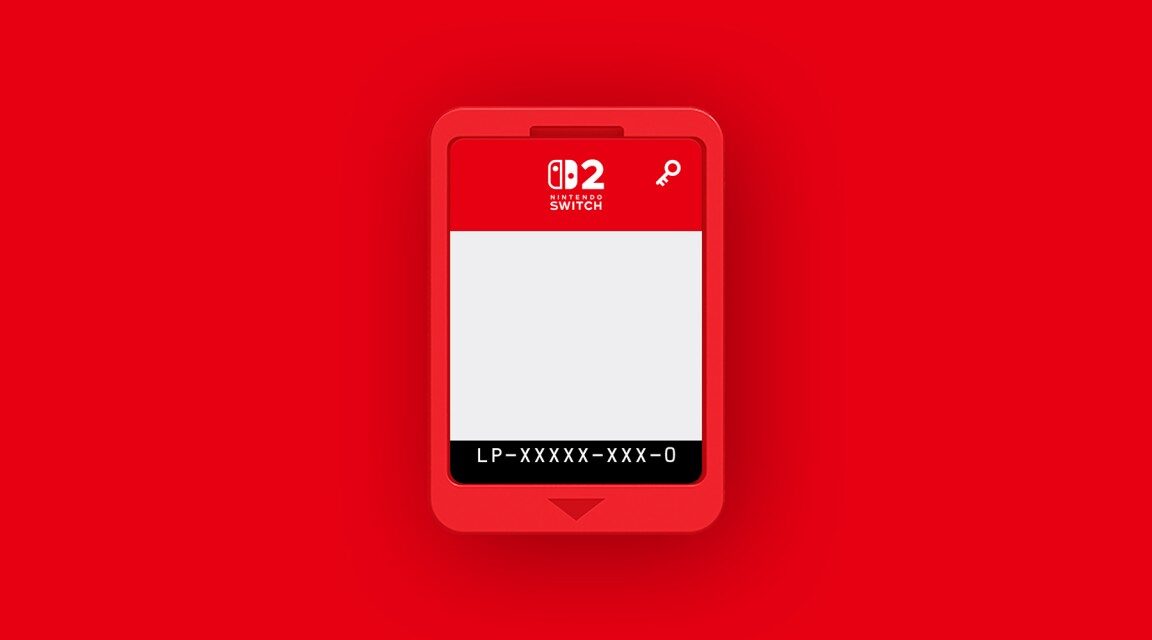Day 13 Java Learning :
1. this vs. this() this Refers to the current object instance. Use it to: Access instance fields when shadowed by parameters: public class Point { private int x, y; public Point(int x, int y) { this.x = x; // this.x is the field, x is the parameter this.y = y; } } Pass the current object to another method or constructor: someMethod(this); this() Invokes another constructor in the same class. It must be the first statement in a constructor. public class Rectangle { private int width, height; public Rectangle() { this(10, 10); // calls the two‑arg constructor } public Rectangle(int w, int h) { width = w; height = h; } } 2. super vs. super() super Refers to the parent class portion of the current object. Use it to: Access overridden methods or hidden fields: class Animal { void speak() { System.out.println("Animal"); } } class Dog extends Animal { void speak() { super.speak(); // calls Animal.speak() System.out.println("Dog"); } } Access parent class fields if hidden by subclass fields: class Parent { int x = 5; } class Child extends Parent { int x = 10; void printParentX() { System.out.println(super.x); } } super() Invokes the parent class’s constructor. Must be the first line in a subclass constructor (if used explicitly). If you omit it, the compiler inserts a no‑arg super() call automatically (provided the parent has a no‑arg constructor). class Parent { Parent(int x) { … } } class Child extends Parent { Child() { super(42); // must call a Parent constructor explicitly } } 3. Why You Can’t Use this in Static Contexts Static = Class‑level Static methods and blocks belong to the class, not to any particular instance. this is an instance reference, so there is no “current object” when you’re in a static context. Compiler Error: If you try: public class Example { static void foo() { System.out.println(this); // compile‑time error } } the compiler shows: “Non‑static variable this cannot be referenced from a static context.” Why Error, Not Warning? Allowing this in static would break Java’s core separation: static code could no longer be invoked without an instance. 4. Why You Can’t Use Method Parameters (“Arguments”) Outside Their Block Scope: Parameters and local variables exist only within the block (method or constructor) in which they’re declared. Example: void greet(String name) { System.out.println(name); // OK } System.out.println(name); // ERROR: name cannot be resolved to a variable Rationale: Ensures memory safety: once the method finishes, its stack frame is gone, so parameters no longer exist. Prevents naming conflicts: local names don’t leak into other methods or the class level. Field vs. Parameter: If you need a value beyond the method, store it in a field (instance variable) of the class. In Java, static methods and static blocks belong to the class itself—there is exactly one copy shared by all instances—whereas this always refers to “the current instance” of that class. Because a static context has no particular instance tied to it, there simply is no this to point at. That’s why: Static = Class‑level You call it as MyClass.staticMethod(), with no object needed. There is no “current object” in play. this = Instance‑level It’s shorthand for “this particular object,” and under the hood, when you write this, the JVM actually passes a hidden reference to the method. Only instance methods—invoked on a specific object, e.g. myObject.instanceMethod()—receive that hidden reference. Because of that mismatch, the compiler prevents you from using this inside any static context, issuing the error: “Non‑static variable this cannot be referenced from a static context.” If it were allowed, you could write static methods that assumed an object exists when in fact they might have been called without ever creating one: public class Broken { static void foo() { System.out.println(this.toString()); // What would “this” even be? } } That breaks the fundamental separation between class‑level and instance‑level behavior in Java’s design, so it’s a compile‑time error, not just a warning. Day 13 Key Takeaways this = current instance; this() = another constructor in same class. super = parent instance; super() = parent’s constructor. this not allowed statically: static belongs to the class, no instance context—hence the compile‑time error “Non‑static variable this cannot be referenced from a static context.” Parameters are block‑scoped: they vanish when the method/block ends; use fields for longer‑lived data.

1. this vs. this()
-
this
Refers to the current object instance. Use it to:- Access instance fields when shadowed by parameters:
public class Point { private int x, y; public Point(int x, int y) { this.x = x; // this.x is the field, x is the parameter this.y = y; } }- Pass the current object to another method or constructor:
someMethod(this); this()
Invokes another constructor in the same class. It must be the first statement in a constructor.
public class Rectangle {
private int width, height;
public Rectangle() {
this(10, 10); // calls the two‑arg constructor
}
public Rectangle(int w, int h) {
width = w;
height = h;
}
}
2. super vs. super()
-
super
Refers to the parent class portion of the current object. Use it to:- Access overridden methods or hidden fields:
class Animal { void speak() { System.out.println("Animal"); } } class Dog extends Animal { void speak() { super.speak(); // calls Animal.speak() System.out.println("Dog"); } }- Access parent class fields if hidden by subclass fields:
class Parent { int x = 5; } class Child extends Parent { int x = 10; void printParentX() { System.out.println(super.x); } } super()
Invokes the parent class’s constructor. Must be the first line in a subclass constructor (if used explicitly). If you omit it, the compiler inserts a no‑argsuper()call automatically (provided the parent has a no‑arg constructor).
class Parent {
Parent(int x) { … }
}
class Child extends Parent {
Child() {
super(42); // must call a Parent constructor explicitly
}
}
3. Why You Can’t Use this in Static Contexts
- Static = Class‑level Static methods and blocks belong to the class, not to any particular instance.
-
thisis an instance reference, so there is no “current object” when you’re in a static context. - Compiler Error: If you try:
public class Example {
static void foo() {
System.out.println(this); // compile‑time error
}
}
the compiler shows:
“Non‑static variable this cannot be referenced from a static context.”
- Why Error, Not Warning? Allowing
thisin static would break Java’s core separation: static code could no longer be invoked without an instance.
4. Why You Can’t Use Method Parameters (“Arguments”) Outside Their Block
- Scope: Parameters and local variables exist only within the block (method or constructor) in which they’re declared.
- Example:
void greet(String name) {
System.out.println(name); // OK
}
System.out.println(name); // ERROR: name cannot be resolved to a variable
-
Rationale:
- Ensures memory safety: once the method finishes, its stack frame is gone, so parameters no longer exist.
- Prevents naming conflicts: local names don’t leak into other methods or the class level.
- Field vs. Parameter: If you need a value beyond the method, store it in a field (instance variable) of the class.
In Java, static methods and static blocks belong to the class itself—there is exactly one copy shared by all instances—whereas this always refers to “the current instance” of that class. Because a static context has no particular instance tied to it, there simply is no this to point at. That’s why:
-
Static = Class‑level
- You call it as
MyClass.staticMethod(), with no object needed. - There is no “current object” in play.
- You call it as
-
this= Instance‑level- It’s shorthand for “this particular object,” and under the hood, when you write
this, the JVM actually passes a hidden reference to the method. - Only instance methods—invoked on a specific object, e.g.
myObject.instanceMethod()—receive that hidden reference.
- It’s shorthand for “this particular object,” and under the hood, when you write
Because of that mismatch, the compiler prevents you from using this inside any static context, issuing the error:
“Non‑static variable this cannot be referenced from a static context.”
If it were allowed, you could write static methods that assumed an object exists when in fact they might have been called without ever creating one:
public class Broken {
static void foo() {
System.out.println(this.toString()); // What would “this” even be?
}
}
That breaks the fundamental separation between class‑level and instance‑level behavior in Java’s design, so it’s a compile‑time error, not just a warning.
Day 13 Key Takeaways
-
this= current instance;this()= another constructor in same class. -
super= parent instance;super()= parent’s constructor. -
thisnot allowed statically: static belongs to the class, no instance context—hence the compile‑time error “Non‑static variable this cannot be referenced from a static context.” - Parameters are block‑scoped: they vanish when the method/block ends; use fields for longer‑lived data.











































































































































































![[The AI Show Episode 144]: ChatGPT’s New Memory, Shopify CEO’s Leaked “AI First” Memo, Google Cloud Next Releases, o3 and o4-mini Coming Soon & Llama 4’s Rocky Launch](https://www.marketingaiinstitute.com/hubfs/ep%20144%20cover.png)

































































































































![[DEALS] Sterling Stock Picker: Lifetime Subscription (85% off) & Other Deals Up To 98% Off – Offers End Soon!](https://www.javacodegeeks.com/wp-content/uploads/2012/12/jcg-logo.jpg)















































































































































_NicoElNino_Alamy.png?width=1280&auto=webp&quality=80&disable=upscale#)

_Olekcii_Mach_Alamy.jpg?width=1280&auto=webp&quality=80&disable=upscale#)





























































































![Apple appealing $570M EU fine, White House says it won’t be tolerated [U]](https://i0.wp.com/9to5mac.com/wp-content/uploads/sites/6/2025/04/Apple-says-570M-EU-fine-is-unfair-White-House-says-it-wont-be-tolerated.jpg?resize=1200%2C628&quality=82&strip=all&ssl=1)
















![At Least Three iPhone 17 Models to Feature 12GB RAM [Kuo]](https://www.iclarified.com/images/news/97122/97122/97122-640.jpg)

![Dummy Models Showcase 'Unbelievably' Thin iPhone 17 Air Design [Images]](https://www.iclarified.com/images/news/97114/97114/97114-640.jpg)



































































































































